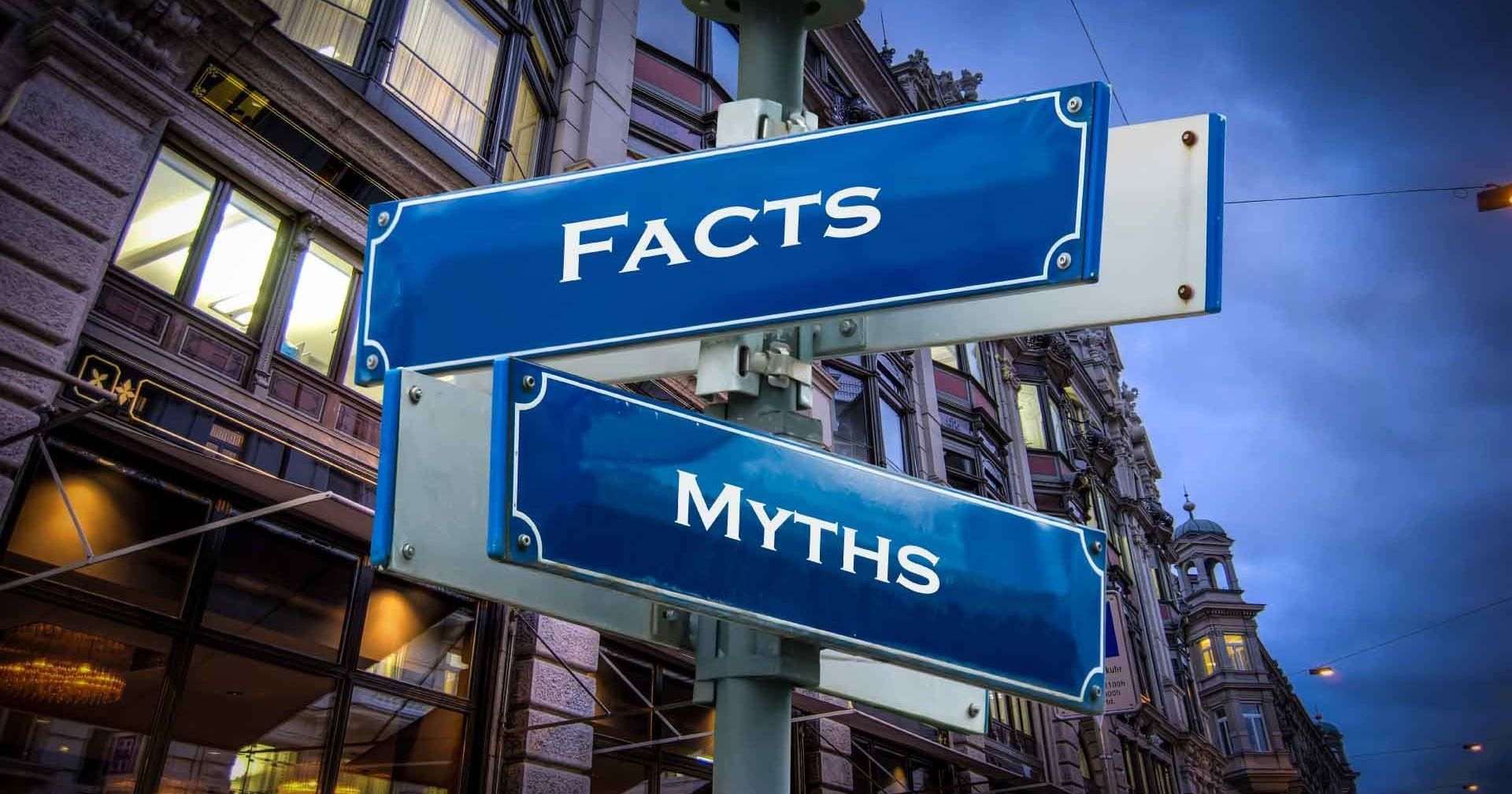The Truth About Glasses: Debunking Myths About Wearing Them

Read time: 2 minutes
Are you tired of hearing myths about glasses and wondering if they're true? Look no further, because we're here to set the record straight and debunk some of the most common misconceptions about wearing glasses.
People wear glasses for a variety of reasons. The most common reason is to correct vision problems, such as nearsightedness, farsightedness, and astigmatism. These vision problems are caused by the shape of the eye or the curvature of the cornea, which can cause light to be focused incorrectly on the retina. Glasses can correct these problems by bending the light as it passes through the lenses and focusing it correctly on the retina.
The truth is that glasses are for anyone who needs vision correction. They come in all shapes, sizes, and styles. You can find glasses to suit any budget. Some insurance plans also cover part or all of the cost of glasses and eye exams.
Hit or Myth
There are several common myths about eyeglasses and vision correction that aren’t supported by scientific evidence. Which ones are you familiar with?
Myth: Wearing eyeglasses will make your vision worse.
Fact: Eyeglasses and other forms of vision correction, such as contact lenses and refractive surgery, are designed to improve vision by correcting refractive errors, such as nearsightedness, farsightedness, and astigmatism. They do not cause vision to deteriorate over time.
Myth: Children who wear eyeglasses will become more dependent on them.
Fact: Children who wear eyeglasses may need to wear them more often initially, but this is because they are not used to seeing clearly without them. With time, they may be able to use their glasses less frequently as their vision improves.
Myth: Eyeglasses are only for people with poor vision.
Fact: Eyeglasses are used to correct refractive errors and improve vision, but they can also be used for other purposes, such as protecting the eyes from harmful UV rays or serving as a fashion accessory. Even people with good vision may choose to wear eyeglasses for these reasons.
Myth: Wearing eyeglasses will make you look smarter.
Fact: Eyeglasses do not have any effect on intelligence or academic performance. However, they can help people see more clearly and perform tasks, such as reading or studying, more effectively, which may lead to improved academic performance. They may make you look even more fabulous, though!
It’s important to understand the facts about eyeglasses and other forms of vision correction in order to make informed decisions about your vision health. If you have any concerns about your vision or the use of eyeglasses, it's best to consult with one of our eye doctors or staff members at Urban Optiks Optometry.
Share this blog post on social or with a friend:
The information provided in this article is intended for general knowledge and educational purposes only and should not be construed as medical advice. It is strongly recommended to consult with an eye care professional for personalized recommendations and guidance regarding your individual needs and eye health concerns.
All of Urban Optiks Optometry's blog posts and articles contain information carefully curated from openly sourced materials available in the public domain. We strive to ensure the accuracy and relevance of the information provided. For a comprehensive understanding of our practices and to read our full disclosure statement, please click here.


















